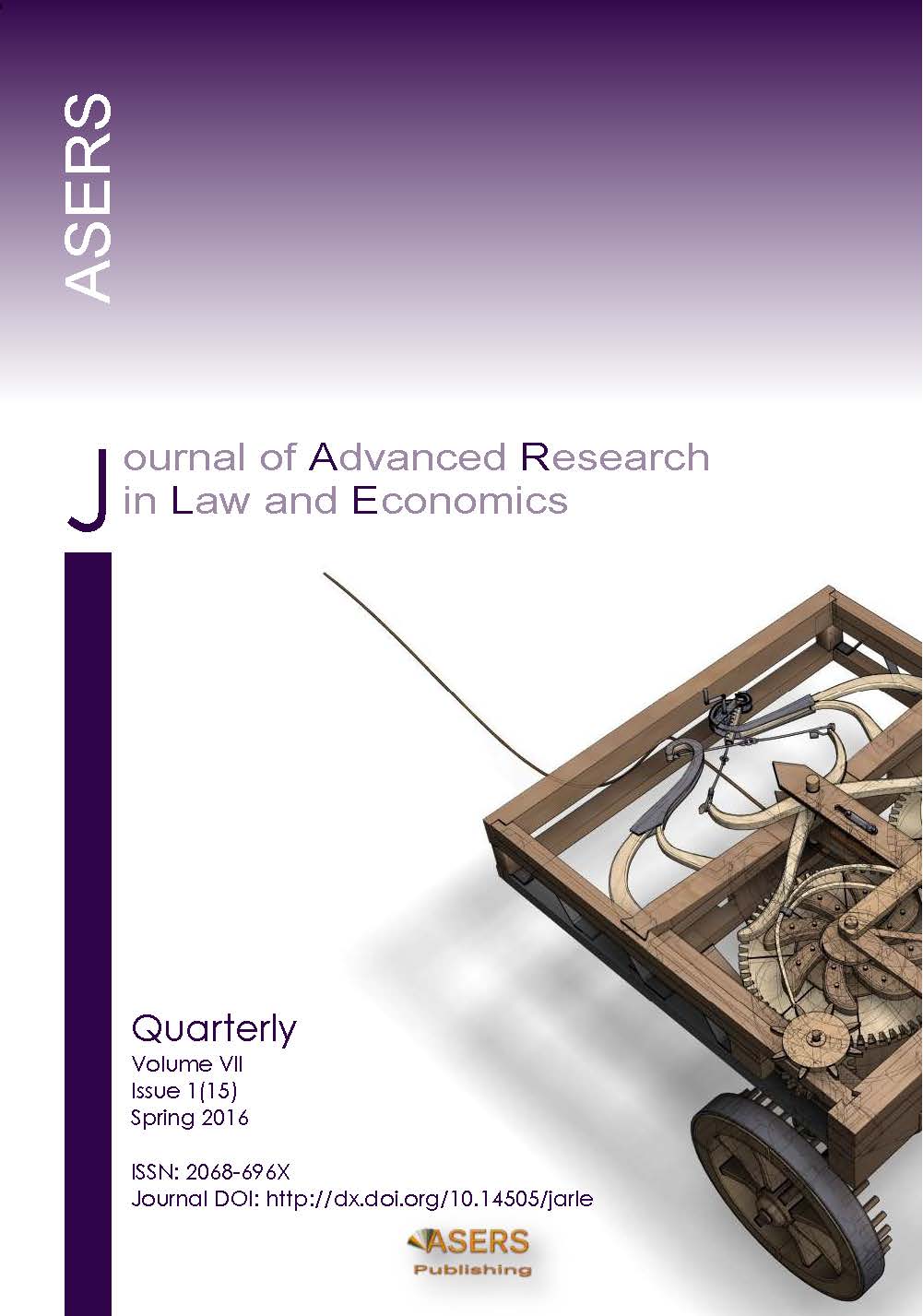Optimization of the Sales Plan of the Industrial Enterprise in Market Conditions
Optimization of the Sales Plan of the Industrial Enterprise in Market Conditions
Author(s): Anna Mikhailovna Chernysheva, Valentina Viktorovna Kalygina, Maksim Andreevich Kosyakov, Maria Alekseevna MareevaSubject(s): Social Sciences
Published by: ASERS Publishing
Keywords: investment project; optimization of the sales plan; industrial enterprise; limit of the investment costs; integer variables; return on investment; import substitution;
Summary/Abstract: Optimization of the structure (percentage ratio) of the assets is of great importance for the investment management of the industrial enterprise. The classical models of portfolio investments assume that the assets are infinitely divisible; therefore, the determination of the optimal shares of the acquisition of assets is considered the solution to the task of forming an optimized investment portfolio of the enterprise. This approach is justified in the case if the investment plan of the company includes a number of investment projects and investment of each project is relatively small in relation to the entire value of the investment. If this condition is not met, the resulting solution may be not just non-optimal, but even unacceptable. These circumstances force the investors to apply not only ‘continuous’, classic models, but also their integral versions in analyzing the efficiency of the investment plan. The restoration of the productive capacity of enterprises in order to implement the main government program – import substitution – in vital sectors of the economy is now of great importance in the practice of problems of the Russian economy. It is obvious that the import substitution process, just as any industrial process, is a chain of the sequential elements which are the steps to achieve the ultimate goal. Elements of the production process are related to each other within a certain mechanism of interaction, i.e., the ‘production technology’. It can be concluded that the import substitution process also includes a number of relatively independent elements or steps, such as the replacement of the original resource, or equipment, or personnel. In conditions of limited investment resources, not all of them may be involved in the import substitution process at the same time, i.e., not all the elements of the manufacturing process can be replaced with the domestic due to large production costs. The number of elements of the process that can be ‘replaced’ at a given time depends on the size of the necessary costs for the replacement of a particular element and the available total limit of capital costs for the enterprise in a particular period. A common type of tasks of the optimal import substitution is the following: allocation of scarce resources of capital investments between the elements of the import substitution process. Setup and methods for solving such tasks are considered in the article; this approach can generally be described as a novelty element in the investment analysis of the enterprise.
Journal: Journal of Advanced Research in Law and Economics (JARLE)
- Issue Year: VII/2016
- Issue No: 15
- Page Range: 32-39
- Page Count: 8
- Language: English
- Content File-PDF

